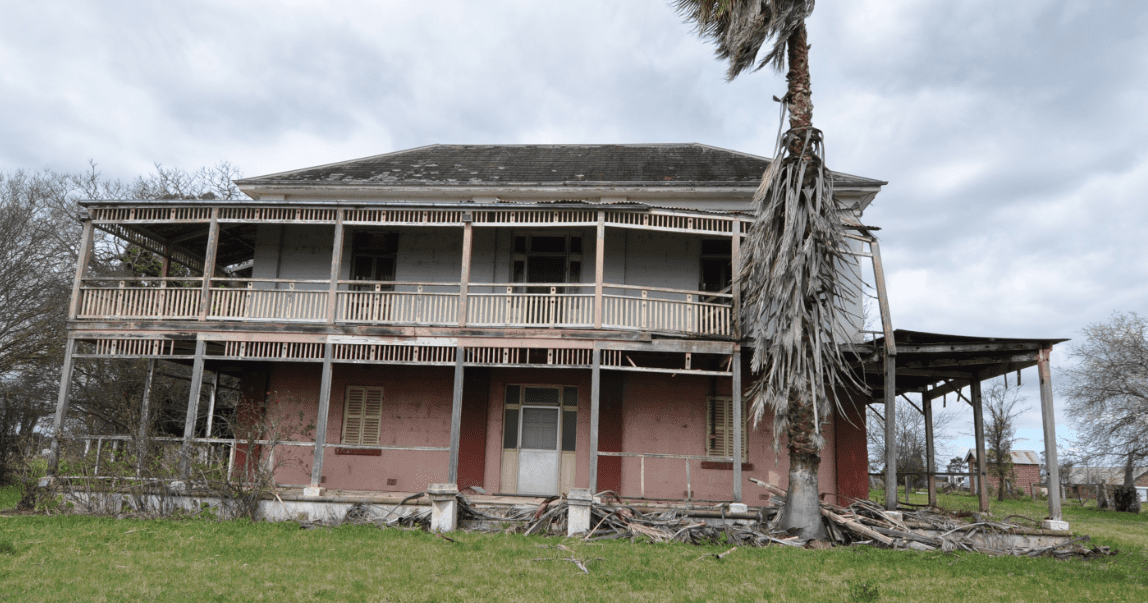Professional Associations
 Hewison (1996) writes that to have a cultural policy means having a vision that encompasses ideas, images, values, artisans and audiences which have a long term goal of improving opportunities for creativity and of giving as much access as possible to the productions of that creativity. But no policy is possible ‘without the structures to deliver it and the money to make things happen’.
Hewison (1996) writes that to have a cultural policy means having a vision that encompasses ideas, images, values, artisans and audiences which have a long term goal of improving opportunities for creativity and of giving as much access as possible to the productions of that creativity. But no policy is possible ‘without the structures to deliver it and the money to make things happen’.
Hayrynen argues (2012) that ‘underlying the legal and administrative surface of any state cultural policy, there exists a mix of historical trajectories, tactical choices, economic premises and the unique cultural features of its national target areas’. Cultural policies have always been important instruments of domination. Hence, any analysis of state cultural policy requires an understanding of its political status in the overall system of governmental policies.
 The higher the status a policy field has in the political hierarchy, the more autonomously it will set its own targets. This autonomy creates the basis of the social resilience of a policy community. In cultural policy, for instance, the degree of autonomy is measured in terms of a specific competence that a cultural policy community maintains in order to protect its subject area from acute ideological trends and economic exploitation and also to promote the inherent cultural interests as a part of larger political agendas (Hayrynen, 2012).
The higher the status a policy field has in the political hierarchy, the more autonomously it will set its own targets. This autonomy creates the basis of the social resilience of a policy community. In cultural policy, for instance, the degree of autonomy is measured in terms of a specific competence that a cultural policy community maintains in order to protect its subject area from acute ideological trends and economic exploitation and also to promote the inherent cultural interests as a part of larger political agendas (Hayrynen, 2012).
Finish cultural policy is defined as ‘the sum total of those actions, forms, values and symbols that a community uses in order to maintain its connection to the past and to construct its identities. Culture covers such things as world views, morality, knowledge, heritage, living environment, and symbolic production such as the arts. (CP 1992, 23)
Craik, McAllister & Davis (2003) assert that in Australia, ‘debate has focused on the capacity of governments to make meaningful economic policy in a world of deregulation, electronic funds transfer and foot-loose industry. Yet from a cultural policy perspective, globalisation throws open two related questions: does it still make sense to talk of cultural policy at a national level and, if so, how have governments responded to the challenges?’ While governments withdraw from traditional economic controls they are becoming more significant players in the patterns of everyday life, with programmes extending to cultural planning, urban rejuvenation and development, leisure and tourism and lifestyle culture. There has been new public investment in these areas, and a growing emphasis on providing cultural infrastructure to communities. Governments see culture underpinning the core of contemporary societies— the imaginative encapsulation of key priorities. An older policy preoccupation with culture as a repository of national values is being displaced by concerns with local conditions, grassroots activism, new initiatives and pragmatism (Craik et al, 2003).
 However, collective intervention is not synonymous with good policy, Orr (1979) writes. Present policy contains deficiencies that have serious short-run and long-run consequences. A strong case has been made that our environmental policies: (1) inherently create excessive costs relative to their impact; (2) interfere with private property values arbitrarily; and (3) inhibit the operation of the decentralised decision structure that is essential to the establishment and maintenance of high quality local environments.
However, collective intervention is not synonymous with good policy, Orr (1979) writes. Present policy contains deficiencies that have serious short-run and long-run consequences. A strong case has been made that our environmental policies: (1) inherently create excessive costs relative to their impact; (2) interfere with private property values arbitrarily; and (3) inhibit the operation of the decentralised decision structure that is essential to the establishment and maintenance of high quality local environments.
Conservation is one of the core activities in protecting and enhancing the built environment and its role is to promote the best architecture, support the restoration of the townscape fabric through new activity and suitably develop vacant sites. Legislation has come a long way from when it was seen as a means of protecting individual monuments, to the present day with its current concern for entire townscapes (Rush et al, 2012).
At the local level, local planning authorities’ policy and decision making capacity has been informed rather than imposed or dictated by a combination of legislation, government guidance, and case law  interpretations that serve to set the boundaries for the exercise of discretionary judgement (Wood Becker, 2005).
interpretations that serve to set the boundaries for the exercise of discretionary judgement (Wood Becker, 2005).
In Australia, heritage listing has the potential to prevent the tyranny of small decisions degrading environmental values. Cultural heritage is protected nationally through the EPBC Act and the Australian Heritage Council Act 2003 (AHC Act). These are underpinned at the state level through specific heritage legislation; all heritage laws provide processes for identifying, assessing and managing heritage items and their values. Heritage assessments at state and local government levels are required. After assessment, heritage items are placed on an appropriate heritage register. There are separate statutory heritage lists for local, state, national and world heritage items. Significant voluntary community effort goes into each heritage listing. Hence local government and community commitment to listed heritage items can be very high. Community and local government enthusiasm for heritage listing is also balanced by its costs. Local government disincentives for pursuing heritage listings include a potential reduction in rateable land, increased management costs, and constraints on planning decisions (Bell 1997).

Heritage listing does not guarantee the protection of heritage values. There are statutory requirements to protect items on the National Heritage Register. Protection of local heritage values is reliant on their recognition in relevant planning schemes, which is discretionary rather than compulsory. In practice, heritage values are protected only by favourable sets of circumstances. These circumstances may include surviving heritage features, good historical records, supportive local communities, committed councils, and flexible statutory frameworks (Wild River, 2005).
Reference
- Bell, P (1997), Councils seek compensation for heritage listings, media release, Local Government Association of Queensland, Brisbane.
- Craik, J., McAllister, L. and Davis, G. (2003) ‘Paradoxes and contradictions in government approaches to contemporary cultural policy: an Australian perspective1’, International Journal of Cultural Policy, 9: 1, 17 — 33.
- Häyrynen, S. (2012): A centralised market orientation: the implicit determinants of Finnish cultural policy in 1990–2010, International Journal of Cultural Policy, DOI:10.1080/10286632.2012.713353
- Hewison, R. (1996): Cultural policy and the heritage business, The European Journal of Cultural Policy, 3:1, 1-13
- Orr, L. (1979), Social Costs, Incentive Structures and Environmental Policies, Political Research Quarterly – 32: 286
- Rush, D., Macintyre, S., Mc Kay, J. and Mc Kay, S. (2012), Conundrums in Conservation: Complexity in Control, Urban Studies Research, Article ID 378326, 14 pages
- Wild River, S. (2006), the role of local government in environmental and heritage management, article prepared for the 2006 Australia State of the Environment Committee, Department of Environment and Heritage, Canberra.
- Wood, G. & Becker, J. (2005), Discretionary judgement in local planning authority decision making: screening development proposals for environmental impact assessment, Journal of Environmental Planning and Management, vol. 48, no. 3, pp. 349–371.
Paul Rappoport – Heritage 21 – 8 May 2015
Links
View some of our videos for more information:
Related Articles

Incentivising Ownership of Heritage Buildings
In response to the recent enquiry by the government relating to the NSW Heritage Act, I made the following recommendation.…
Read more
Does the NSW Heritage Act Reflect the Expectations of the NSW community?
In the recent NSW Heritage Act inquiry, I submitted a series of recommendations to the government seeking community response in…
Read more
A New Heritage Council for NSW
In the recent NSW Heritage Act inquiry, I submitted a series of recommendations to the government seeking community response in…
Read more
Heritage has become increasingly Litigious, Mysterious and Flaccid
I have been practicing as a heritage architect in NSW for the last 30 years and during that time, I…
Read more

Need help getting started?
Check out our guides.

Complete the form below to contact us today.








